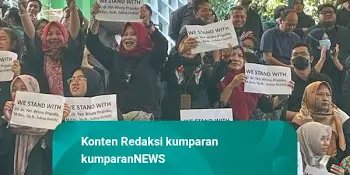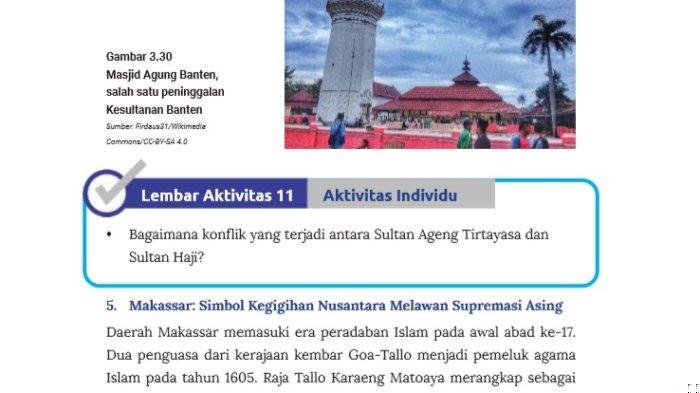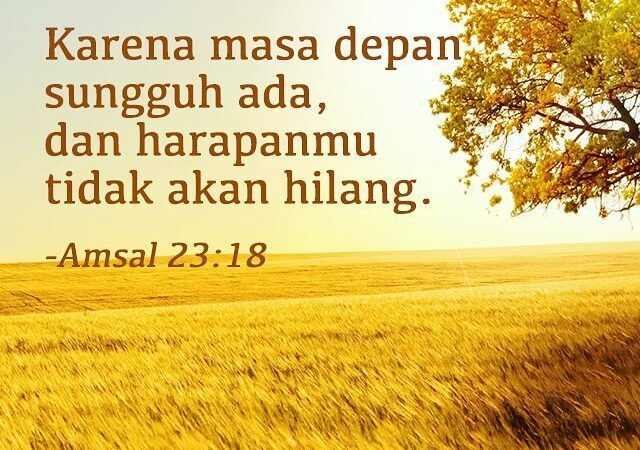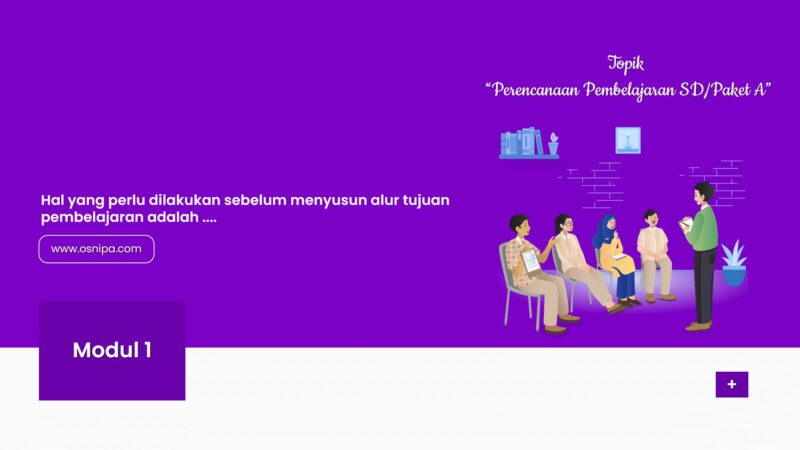Kisah Nabi Muhammad Saw Dari Lahir Sampai Wafat Lengkap Pdf
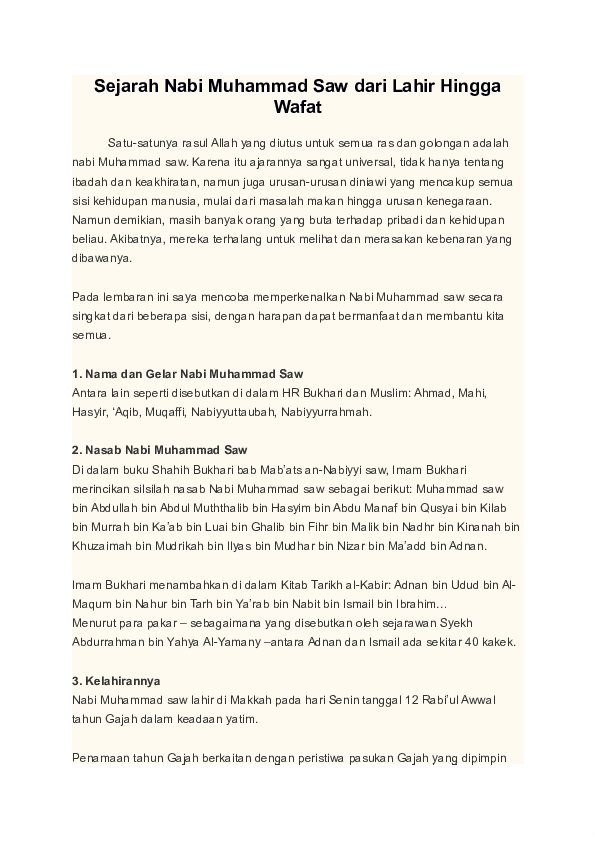
The life of Prophet Muhammad SAW is a profound journey filled with lessons and inspiration. For those seeking a detailed account from birth to death, the resource titled ‘kisah nabi muhammad saw dari lahir sampai wafat lengkap pdf’ offers a comprehensive narrative. This document encapsulates his early years, prophethood, and the challenges he faced, allowing readers to connect deeply with his life.
Understanding this significant figure in history enriches our perspective on faith and humanity. Engaging with his story provides a meaningful reflection on values that resonate even today. Dive into this captivating journey and let it inspire your own path.
“`html
kisah nabi muhammad saw dari lahir sampai wafat lengkap pdf
Introduction to the Life of Prophet Muhammad SAW
Prophet Muhammad SAW is a central figure in Islam, revered by Muslims across the globe. His life story, spanning over six decades, is rich with lessons, wisdom, and examples. To understand his journey, from his humble beginnings to his significant impact on the world, we will explore his life in detail.
Early Life of Prophet Muhammad SAW
– **Birth**: Muhammad was born in Mecca in the year 570 CE. He belonged to the influential tribe of Quraysh. His father, Abdullah, died before he was born, and his mother, Amina, passed away when he was only six years old. Orphaned at such a young age, he was raised by his grandfather and later by his uncle, Abu Talib.
– **Childhood**: As a child, Muhammad was known for his honesty and integrity. His early experiences shaped his character, making him empathetic and thoughtful. He worked as a shepherd and later became a trader.
Adolescence and Early Adulthood
During his late teens, Muhammad gained a reputation for his trustworthiness. His participation in trade trips introduced him to diverse cultures and religions.
The Marriage to Khadijah
At the age of 25, Muhammad married Khadijah, a wealthy widow. Their marriage was significant for several reasons:
– **Mutual Respect**: They had a strong partnership based on respect and love.
– **Children**: They had six children together, including their famous daughter, Fatimah.
– **Support**: Khadijah was a great source of support for Muhammad, particularly during the early revelations of his prophethood.
The Prophethood
At the age of 40, Muhammad began his journey as a prophet after receiving the first revelation from the angel Gabriel (Jibril) in the Cave of Hira. This marked a turning point in his life.
The First Revelation
– **Location**: The Cave of Hira, outside of Mecca.
– **Event**: Gabriel commanded Muhammad to “Read!” (Iqra).
– **Significance**: This moment started the revelation of the Quran, which continued over 23 years.
The Early Years of Prophethood
Muhammad faced immense challenges during the early years of his mission.
Opposition in Mecca
– **Persecution**: His message of monotheism and social justice was met with fierce opposition. The Quraysh tribe, threatened by his teachings, persecuted him and his followers.
– **Supporters**: Despite the opposition, many converted to Islam, including the poor and marginalized.
The Night Journey (Isra and Mi’raj)
One of the most significant events in Muhammad’s life was the Night Journey, where he traveled from Mecca to Jerusalem and ascended to the heavens. This event is crucial in Islamic tradition.
– **Significance**: This journey confirmed Muhammad’s position as a leader of the Muslim community and introduced the five daily prayers (Salah) as a fundamental act of worship.
The Migration to Medina (Hijrah)
In 622 CE, due to escalating persecution, Muhammad and his followers migrated to Medina. This event is known as the Hijrah and marks the beginning of the Islamic calendar.
Building a Community in Medina
– **Constitution of Medina**: Muhammad established a social contract that outlined the rights and responsibilities of Muslims, Jews, and other communities in Medina. This document is one of the first examples of a written constitution in history.
– **Brotherhood**: He fostered a sense of brotherhood among the immigrants (Muhajirun) from Mecca and the residents of Medina (Ansar), promoting unity.
Years in Medina
Muhammad’s years in Medina were marked by significant events that shaped the Islamic community.
The Battles
– **Battle of Badr**: In 624 CE, the Muslims faced the Quraysh at Badr. Despite being outnumbered, the Muslims achieved a stunning victory, boosting their morale and solidifying Muhammad’s leadership.
– **Battle of Uhud**: In 625 CE, Muslims faced a setback at Uhud. Muhammad was injured, and many lives were lost, but the battle taught resilience and faith.
– **Battle of the Trench**: In 627 CE, the Quraysh besieged Medina. Muhammad’s strategic defense led to a stalemate and eventually the withdrawal of the Quraysh forces.
The Peace of Hudaybiyyah
In 628 CE, Muhammad negotiated a peace treaty with the Quraysh, allowing Muslims to make pilgrimage to Mecca. This treaty demonstrated his diplomatic skills and led to the strengthening of the Muslim community.
The Final Years and the Return to Mecca
In 630 CE, Muhammad and his followers returned to Mecca in a peaceful conquest. This event marked a significant turning point for Islam.
Destruction of Idols
Upon entering the Kaaba, Muhammad ordered the destruction of idols, reinstating the Kaaba as a house of worship dedicated solely to the One God.
The Last Sermon and Farewell
In 632 CE, Muhammad delivered his final sermon during the Hajj pilgrimage. Here are the key messages:
– **Equality**: He emphasized the equality of all humans regardless of race or status.
– **Rights of Women**: He advocated for the fair treatment of women.
– **Adherence to the Quran**: He urged the followers to adhere to the teachings of the Quran and his Sunnah.
Death of Prophet Muhammad SAW
Muhammad passed away on June 8, 632 CE, in Medina. His death marked the end of prophethood and left a lasting legacy that continues to influence billions around the world.
Legacy and Influence
– **Spread of Islam**: After his death, his teachings spread rapidly throughout the Arabian Peninsula and beyond.
– **Caliphate**: The leadership of the Muslim community transitioned to the caliphs who followed him, maintaining his vision of a united ummah (community).
– **Continued Reverence**: Muslims continue to revere Muhammad as the ‘Seal of the Prophets’ and a model for conduct in both spiritual and worldly matters.
Accessing Complete Texts and Resources
For those interested in a comprehensive account of the life of Prophet Muhammad SAW, many resources are available online, including PDFs containing detailed narratives of his life. Here are some suggestions on how to find this material:
– **Online Libraries**: Platforms like Google Books or local libraries may provide downloadable content.
– **Islamic Websites**: Numerous websites dedicated to Islamic education offer free access to e-books and resources covering the life of the Prophet.
– **Islamic Educational Institutions**: Institutions often publish comprehensive studies and texts related to Islamic history, including the life of Muhammad SAW.
In summary, the life of Prophet Muhammad SAW is a profound journey filled with challenges, triumphs, and teachings that resonate today. By studying his life, we can gain insights into the principles of justice, compassion, and faith that are essential in our lives. His story serves as a guiding light for millions, encouraging us to embody the values he espoused. By accessing resources such as a complete PDF on his life, individuals can delve deeper into his experiences and the lessons they offer.
“`
Kisah Nabi Muhammad SAW Live Streaming Non Stop Paket 1
Frequently Asked Questions
What are the key events in the early life of Prophet Muhammad (PBUH)?
Prophet Muhammad (PBUH) was born in Mecca around 570 CE. His father, Abdullah, passed away before his birth, and his mother, Amina, died when he was just six years old. After the loss of his mother, he went to live with his grandfather, Abdul Muttalib, and later with his uncle, Abu Talib. As a young man, he worked as a trader and earned a reputation for honesty, which earned him the nickname “Al-Amin,” meaning “the trustworthy.” His early life laid the foundation for his later prophethood.
How did Prophet Muhammad (PBUH) receive his first revelation?
Prophet Muhammad (PBUH) received his first revelation from the Angel Gabriel (Jibreel) in the Cave of Hira, near Mecca, while he was meditating during the month of Ramadan. This event occurred in 610 CE, and Gabriel conveyed the first verses of the Quran, which instructed Muhammad to “Read!” This pivotal moment marked the beginning of his role as a prophet and the mission to convey the message of Islam to the world.
What challenges did Prophet Muhammad (PBUH) face during his mission?
Throughout his prophetic mission, Muhammad (PBUH) faced numerous challenges, including opposition from the Quraysh tribe, who rejected his message. His followers experienced persecution, social ostracization, and economic sanctions. Additionally, he faced personal losses, including the death of his wife Khadijah and his uncle Abu Talib. Despite these hardships, he remained steadfast in his efforts to spread Islam and promote justice and compassion.
What significant events occurred during the Hijrah (migration) to Medina?
The Hijrah, which took place in 622 CE, marks the migration of Prophet Muhammad (PBUH) and his followers from Mecca to Medina. This event is significant because it established the first Muslim community and marked the beginning of the Islamic calendar. In Medina, Muhammad (PBUH) formed alliances with various tribes and created a Constitution that outlined the rights and responsibilities of all citizens, ensuring peaceful coexistence among Muslims and non-Muslims.
What were the main achievements of Prophet Muhammad (PBUH) in his later life?
In his later life, Prophet Muhammad (PBUH) achieved several significant milestones. He united the Arabian tribes under the banner of Islam, established strong governance in Medina, and conducted important battles such as Badr, Uhud, and the Battle of the Trench. His efforts culminated in the peaceful conquest of Mecca in 630 CE, where he forgave many of his former enemies. He delivered his final sermon during the Farewell Pilgrimage in 632 CE, emphasizing equality, justice, and the importance of following Islamic teachings.
Final Thoughts
The life of Nabi Muhammad SAW is a profound journey of faith, leadership, and compassion. From his miraculous birth to his impactful teachings, every aspect of his life offers valuable lessons. The narrative is rich with events that shaped Islamic history and culture.
For those seeking a comprehensive account, the “kisah nabi muhammad saw dari lahir sampai wafat lengkap pdf” serves as an excellent resource. It encapsulates the key moments and messages of his life in a structured format. Engaging with this material helps deepen understanding and appreciation of his legacy.


